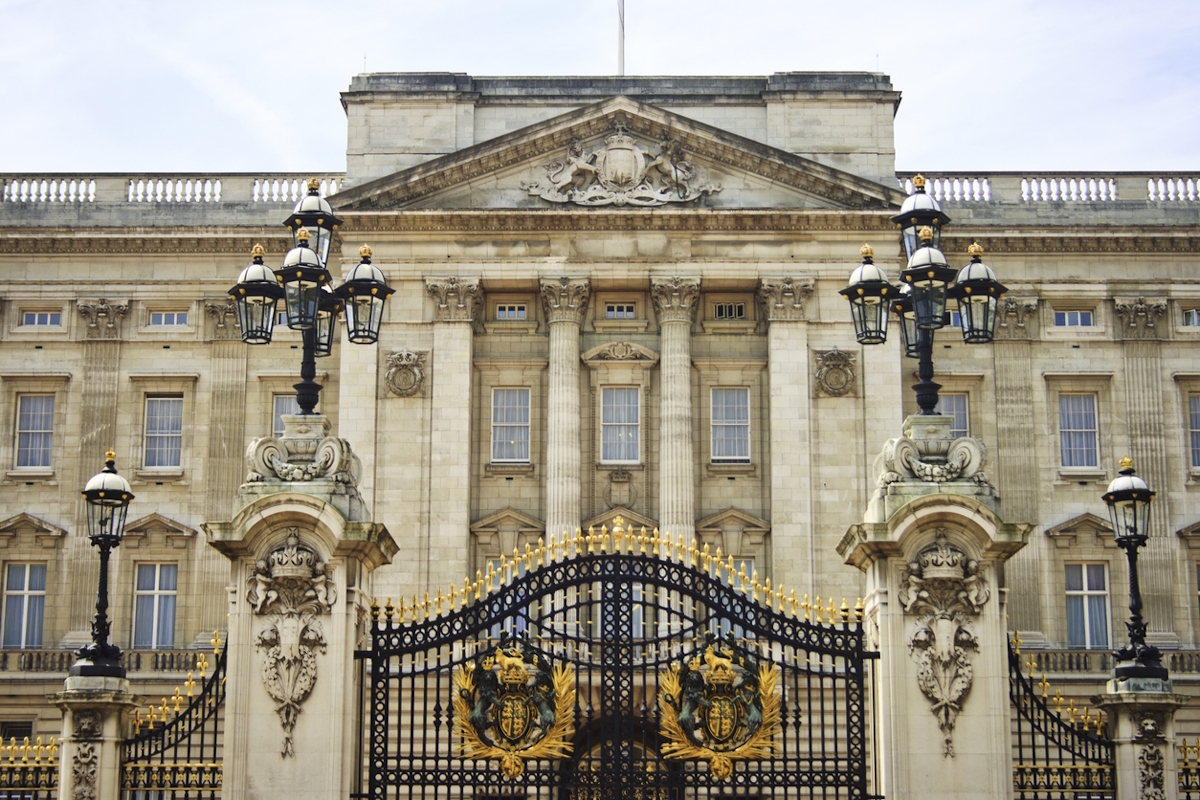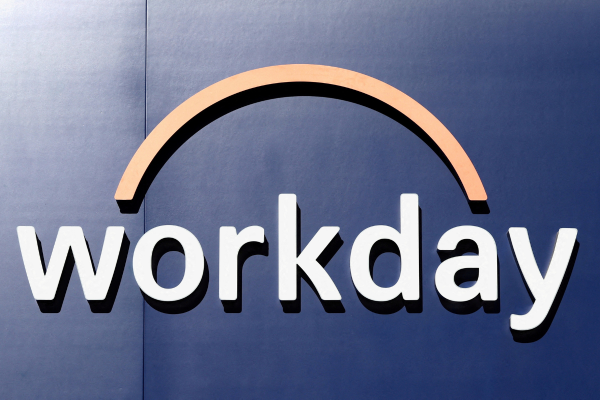Lessons for the Board Room from Buckingham Palace

Author and lawyer Julian Francis Godolphin explains why the relationship between the board’s Chair and the CEO is so critical for success
I was recently asked to provide a presentation to a group of business leaders on how the Chair and CEO relationship can assist with better corporate governance. The complexity of the subject made the task rather daunting until the similarities that occur within the operation of the British government between the King and the Prime Minister occurred to me. After all the phrase the “King acts as a chairman of the board” is a common one.
This relationship forms the basis of my new book On His Majesty’s Service: How the King Preserves the British Constitution and so I wondered what lessons could be learnt from how the King supports their Prime Minister that could help today’s corporate leaders.
It is fair to say that one of the most significant and meaningful relationships within an organisation is between the Chair and the CEO. So central is this relationship to the effective running of an organisation that it has developed a mystique all of its own. When the relationship works well it’s regarded as a powerful and transformative alliance which allows for the most dangerous and intractable problems are considered, dismantled, and resolved, due to the strong alliance between the two leaders. But when it fails, the blame is assigned to the failure of the two protagonists to develop a strong bond.
So central is this belief to modern business thinking that whole industries have grown up that seek to help people prepare for the assumption of one or other of these roles. Out of which has emerged some simple truths that outline how the relationship is supposed to work. Both must recognise the differing but vital role to organisational governance that each plays and work together to support the other. The Chair exists to guide the board and ensure accountability by being able to act as a mentor, coach, and critical friend to a CEO, whilst the CEO manages the day-to-day operations of the organisation.
So, what lessons can we learn from the world of government?
Firstly, it is important to recognise that dual leadership roles are not unique to the corporate environment but have existed in a British constitutional setting for over three hundred years now providing an evaluable store of knowledge for today’s corporate leaders. This split in the functions of the Crown, or executive authority, led to the evolution in the UK of a binary executive comprising a head of state (the monarch) and a head of government (the Prime Minister) who between them fulfil the executive functions of the constitution.
What this means in effect is that the monarch is considered to act in two distinct and separate ways that encompass both their personal constitutional role and their public governmental role. In the first, the monarch has a wide degree of autonomy and can perform their functions as they see fit, whilst in the second their acts are those of government ministers, over which they have no control.
Secondly, a leader can have considerable impact on an organisation through the effective use of influence as shown by successive British monarchs. The monarch’s true impact on governmental action does not therefore come from the direct use of power but rather from their exercise of influence on the decision-making process itself through their regular meetings with the Prime Minister, their receipt of all government papers and, as time goes on, their longevity in office. This is a more personal and passive use of power than we are trained to expect from politicians, but it can be just as effective.
Thirdly, tensions can arise in this relationship when either party is perceived to interfere in the activities of the other party. Both must remember they are strongest when they support each other. In a political context this tension can arise if the monarch is felt to express a political opinion or if a Prime Minister pursues a domestic policy that generates a considerable amount of civil unrest. This is because the monarch may find themselves torn between supporting the government, whilst on the other, ensuring national unity.
This was vividly illustrated in 1984 when the government clashed with Arthur Scargill’s National Union of Mineworkers. The images that played out on the nation’s TV screens of the police clashing with striking mineworkers had the feel of a civil war about them that was not lost on the Queen. Seeking to embarrass the government, the miners’ union publicly appealed to the Queen to ‘speak up on our behalf’ as they sought to pressure her into entering the political fray. The Queen had personally been more comfortable with the post-war consensus politics of earlier governments that had tried to maintain industrial peace. As a result, a royal whispering campaign developed against the government’s policies generally and the Prime Minister in particular.
Things came to a head in July 1986 when Today published a story exposing the quarrel for all to see. This story was allegedly based on information supplied to the paper directly by the palace press office itself, which claimed that the Queen had urged Thatcher to support sanctions against South Africa. Both parties were damaged by the revelations and quickly sought to end the conflict. The lesson was clear the monarch or the chair can therefore only exert their influence within the framework of the administrative rules.
Finally, a Chair like the King is at their most effective when they act as the defender and upholder of the rules of good governance. In order for them to be able to enforce the rules they must themselves act within them. In this way they can ensure that all sections of an organisation are empowered to imbed and uphold high governance standards.
To be effective, a Chair and CEO, much like a King and Prime Minister, must work together in a harmonious manner with each supporting the other in certain understanding that by doing so they will ensure the achievement of joint goals.
Julian Francis Godolphin is head of External Affairs at Ofgem and the author of On His Majesty’s Service: How the King Preserves the British Constitution
Main image courtesy of iStockPhoto.com and WEKWEK

Business Reporter Team
Related Articles
Most Viewed
Winston House, 3rd Floor, Units 306-309, 2-4 Dollis Park, London, N3 1HF
23-29 Hendon Lane, London, N3 1RT
020 8349 4363
© 2025, Lyonsdown Limited. Business Reporter® is a registered trademark of Lyonsdown Ltd. VAT registration number: 830519543





